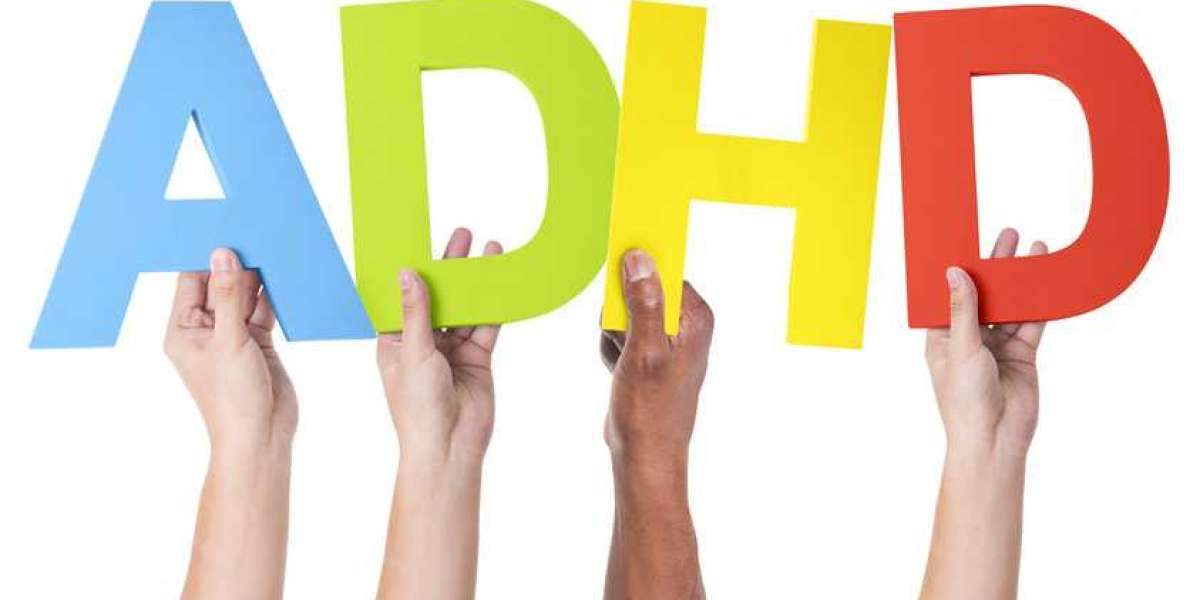Attention Deficit Hyperactivity Disorder (ADHD) is a neurodevelopmental condition affecting millions of children worldwide. Characterized by symptoms such as inattention, hyperactivity, and impulsivity, ADHD can present significant challenges in academic settings. Schools play a crucial role in supporting students with ADHD, ensuring they receive the necessary accommodations and support to thrive. This article explores the various ways schools can aid ADHD students and the strategies that can be implemented to enhance their educational experience.
Understanding ADHD
ADHD is a condition that affects a child's ability to focus, control impulses, and regulate their activity levels. It manifests in different ways, including inattentiveness, hyperactivity, and impulsivity. The severity of these symptoms can vary, and their impact on a child's academic performance and social interactions can be profound. Recognizing ADHD's signs and understanding its effects is the first step in providing appropriate support.
Creating an Inclusive Environment
One of the fundamental roles of schools is to create an inclusive environment where all students feel valued and supported. For students with ADHD, this means implementing strategies that cater to their unique needs. Schools can promote inclusivity by training staff to recognize and understand ADHD, fostering a supportive classroom culture, and encouraging open communication between teachers, parents, and students.
Individualized Education Plans (IEPs) and 504 Plans
In many countries, schools are required to provide accommodations for students with disabilities, including ADHD. This often involves developing Individualized Education Plans (IEPs) or 504 Plans. An IEP is a tailored educational plan designed for students with specific learning disabilities, while a 504 Plan provides accommodations for students with disabilities that do not necessarily impact their learning but affect their ability to participate in school activities.
For students with ADHD, these plans might include modifications such as extended time on tests, preferential seating, and breaks during class. The development of these plans typically involves a collaborative process with input from teachers, parents, and sometimes the students themselves. Regular reviews ensure that the plans remain effective and relevant to the student's evolving needs.
Classroom Accommodations and Modifications
Teachers can implement various classroom accommodations and modifications to support ADHD students. These strategies include:
Seating Arrangements: Placing ADHD students in seats with minimal distractions can help them focus better. Sitting near the teacher or away from windows and doors can reduce potential distractions.
Visual Aids and Schedules: Using visual aids, such as charts and diagrams, can help ADHD students better understand and retain information. Visual schedules and timers can also aid in time management and task completion.
Clear Instructions and Feedback: Providing clear, concise instructions and immediate feedback can help ADHD students stay on track. Breaking tasks into smaller, manageable steps and checking in regularly can further support their progress.
Fidget Tools and Movement Breaks: Allowing the use of fidget tools and providing opportunities for movement breaks can help ADHD students manage restlessness and maintain focus. Structured physical activities, such as short walks or stretching exercises, can be beneficial.
Organizational Support: Assisting ADHD students with organizational skills, such as using planners or checklists, can help them keep track of assignments and deadlines. Teaching strategies for organization and time management can also be valuable.
Teacher Training and Professional Development
Effective support for ADHD students hinges on teachers' understanding and preparedness. Schools should invest in teacher training and professional development focused on ADHD. Training programs can educate teachers about ADHD's symptoms, the impact on learning, and effective teaching strategies. Ongoing professional development can help teachers stay updated on best practices and emerging research related to ADHD.
Collaboration with Parents and Caregivers
Collaboration between schools and families is essential in supporting ADHD students. Regular communication between teachers and parents can provide a comprehensive understanding of the child's needs and progress. Parent-teacher meetings, progress reports, and open lines of communication ensure that strategies implemented in school are consistent with those used at home. Schools can also offer resources and support for parents to help them manage ADHD-related challenges outside the classroom.
Promoting Social and Emotional Well-being
ADHD students often face social and emotional challenges, including difficulties with peer relationships and self-esteem. Schools should address these aspects by fostering a positive and supportive social environment. Implementing programs that promote social skills, emotional regulation, and resilience can help ADHD students build confidence and navigate social interactions more effectively.
Conclusion
Supporting ADHD students in schools requires a multifaceted approach involving understanding, accommodations, and collaboration. By creating an inclusive environment, providing individualized support through IEPs and 504 Plans, and implementing effective classroom strategies, schools can significantly enhance the educational experience for students with ADHD. Teacher training, parent collaboration, and attention to social and emotional well-being further contribute to a supportive and successful learning environment. With the right support and resources, ADHD students can thrive academically and socially, reaching their full potential and achieving their educational goals.








